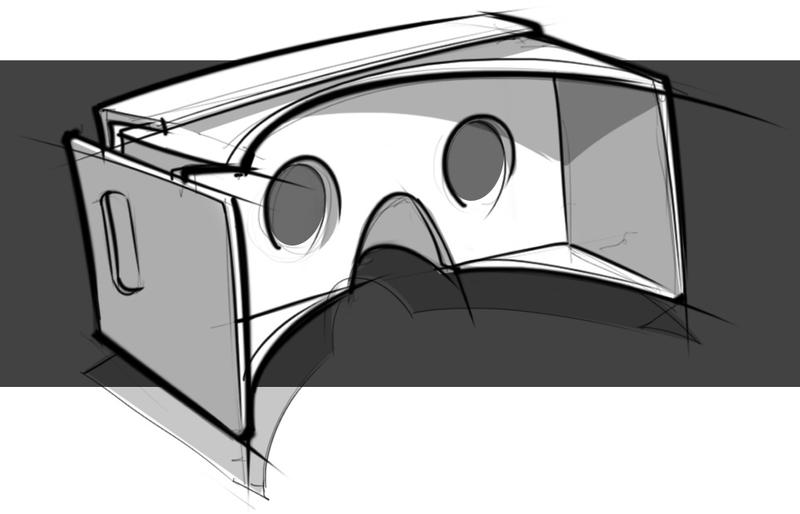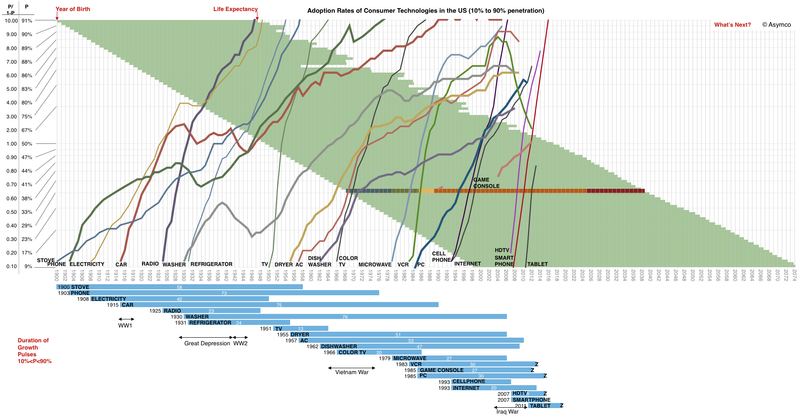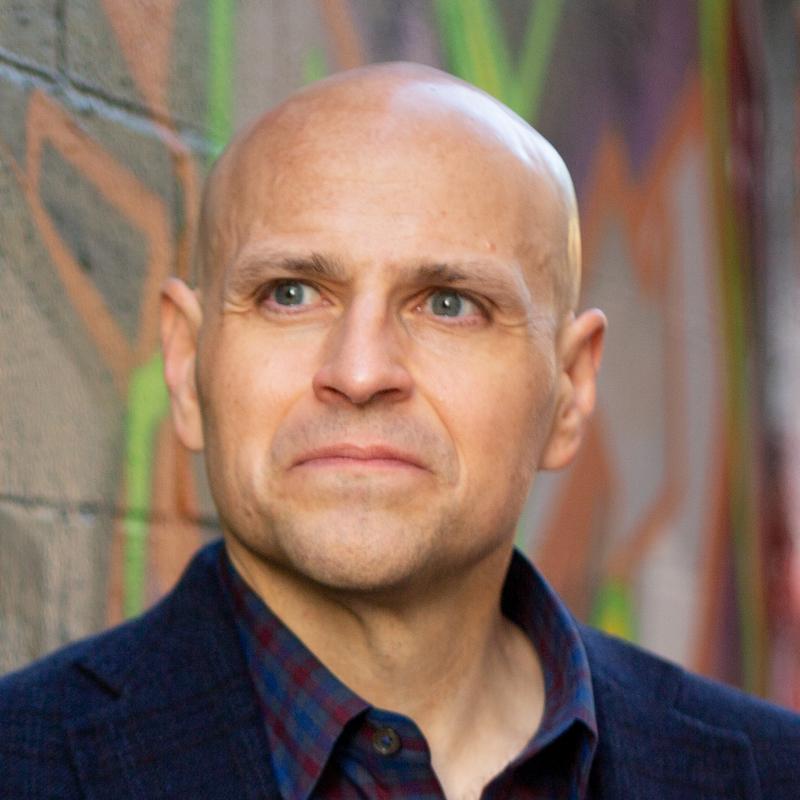
An Indianapolis entrepreneur named Stanley Brown is enthusiastic about virtual reality. With the financial backing of some friends, he has opened the first retail store dedicated to VR, where visitors can test-drive the newest headsets and apps. As The New York Times writes:
“We’re too early and we know it,” Mr. Brown said. “There’s no sign we’ll get rich overnight, but it does look like we’ll survive if we do the work. This will be essentially missionary work for the next three years.”
Despite its rising popularity, I’d have to agree with Stanley—it still feels like early days for VR. High-end headsets have only been out for a few months, and they carry $600+ price tags. Smartphones with 4K resolution displays won’t be ubiquitous for a year or so. (Not to mention that a storefront location seems like a peculiar choice for a technology that’s likely to run on devices already in our pockets, but I digress.)
But it’s not early days for VR. Stanley opened his store more than twenty years ago—that NYT article is from August 7, 1995. Stanley was right about being early, but slightly off by how much. I’m not sure how things ended up, but I suspect the store didn’t make it.
That’s the thing about technology—it seems to be perpetually, laughably, “almost here” until it is, and then you marvel at how instantaneously it arrived. When Stanley was preaching VR, I was working at my first internet company, trying to convince everyone I knew that the web would be a thing. And then suddenly it was. Within the space of a few years we went from mobile phones being a novelty to not being able to live without them. For more than a hundred years, electric cars have been declared dead, numerous times. Computer scientists have been promising that artificial intelligence was just on the horizon since the 1950s, until it was here, powering the products we use every day.
Product people are restless by nature. We’re always dissatisfied with the current state of affairs and fixated on the future. We’re the most critical when it comes to our own particular category. Just as an airplane seems to move faster to an outside observer than to a passenger, it can be difficult to appreciate the pace of innovation when you’re on the inside. Sometimes it’s satisfying to step back and marvel.
Even our science fiction is less futuristic than it used to be, according to The Atlantic: “Many new works of science fiction seem to represent a strain of pre-apocalyptic cinema, characterized by a willingness to dramatize disasters that are less hypothetical than poised to happen. By making the danger a little more ‘present,’ sci-fi can inspire more potent fear.”
The best product managers do three things: “Articulate what a winning product looks like, rally the team behind it, and iterate on it until they get it right.” Todd Jackson, VP of Product and Design on how to Find, Vet, and Close the Best Product Managers. I had the privilege of working with Todd at Google, he knows what he’s talking about.
“It’s a hilariously terrible idea.” As a Star Wars nerd, I loved this delve into how the iconic AT-ATs were created for The Empire Strikes Back. (You know, those nutty Imperial walkers that you can trip with a tow cable.) There’s some choice quotes about learning from mistakes:
“I firmly believe that the key to the success of ILM lay in the fact that we often had no idea how to solve a particular problem,” Johnston says. “On every film, in almost every sequence we had to brainstorm, invent and build solutions to new challenges. We made a lot of mistakes and shot a ton of film that no one will ever see, but we ultimately put images on the screen that helped make the trilogy a new milestone in cinema. And what better way to learn than from your mistakes?”
Where does technology exploit our minds’ weaknesses? Tristan Harris draws on his experience as a design ethicist and amateur magician to look at how technology can hijack people’s minds:
- On controlling choice: “When people are given a menu of choices, they rarely ask: ‘what’s not on the menu?’”
- On keeping people hooked: “But here’s the unfortunate truth — several billion people have a slot machine their pocket: When we pull our phone out of our pocket, we’re playing a slot machine to see what notifications we got.”
- On social reciprocity: “We are vulnerable to needing to reciprocate others’ gestures. But as with Social Approval, tech companies now manipulate how often we experience it.”

The Google Cardboard image is from TrashedGraphics.com. Consumer adoption chart from Asymco.
